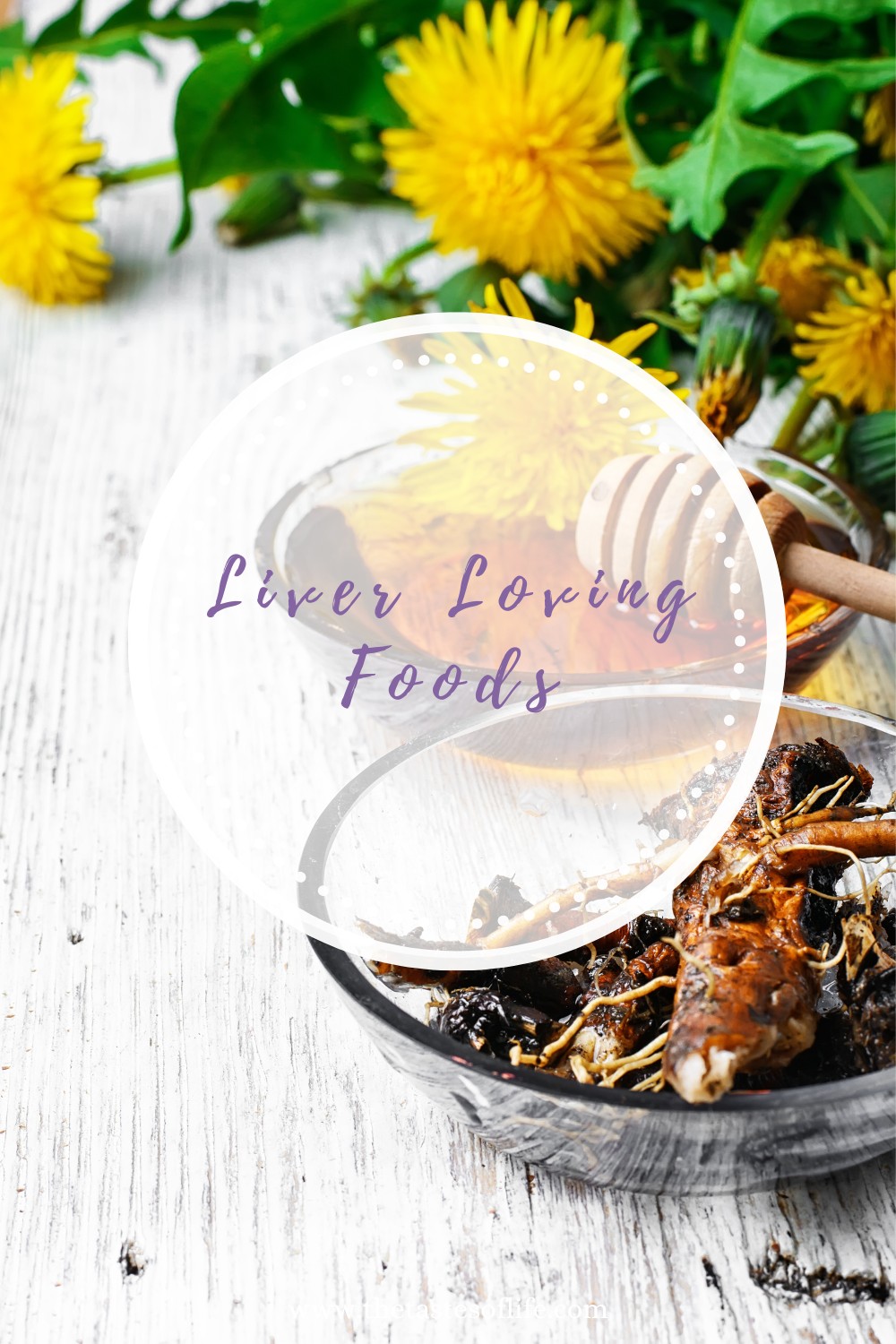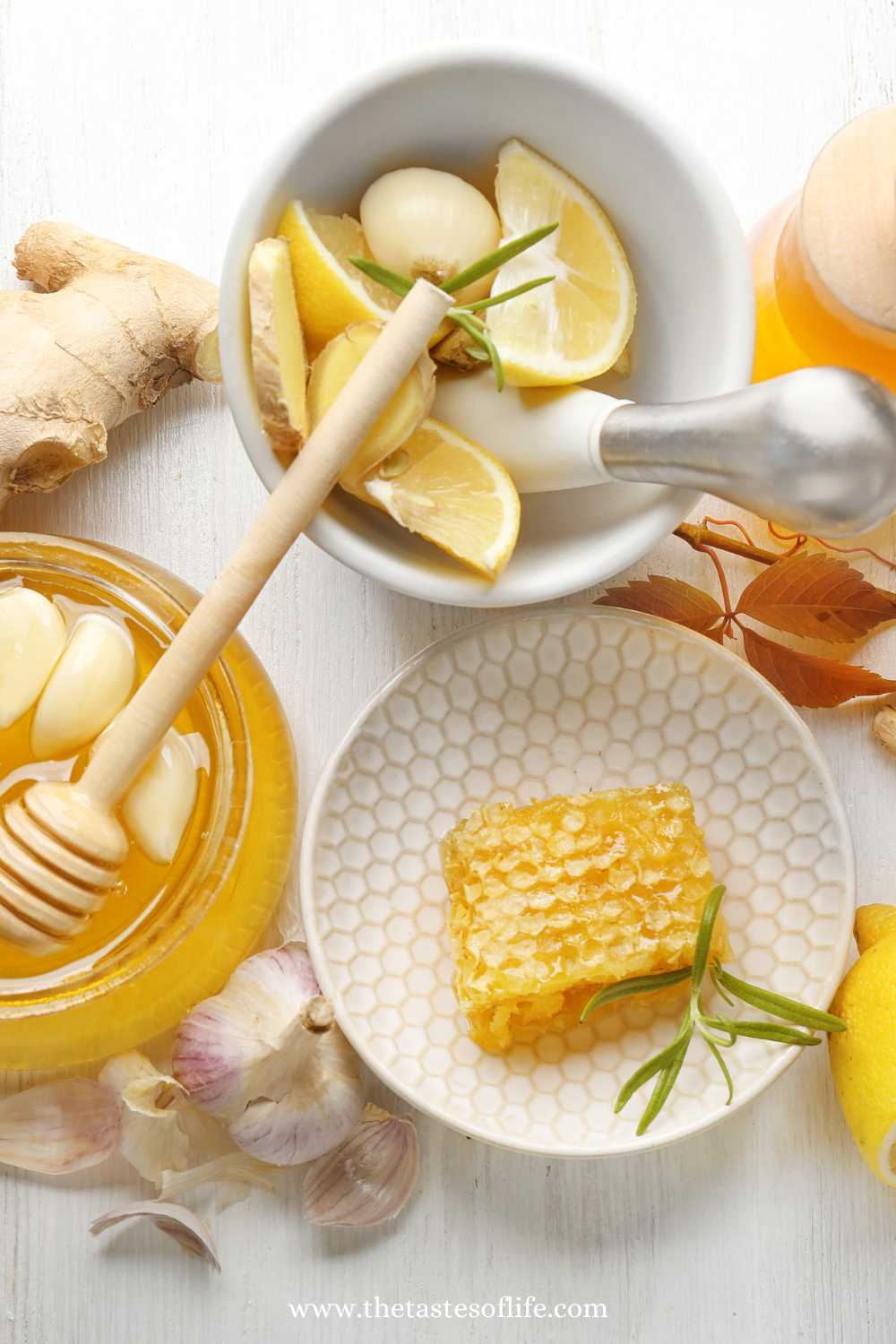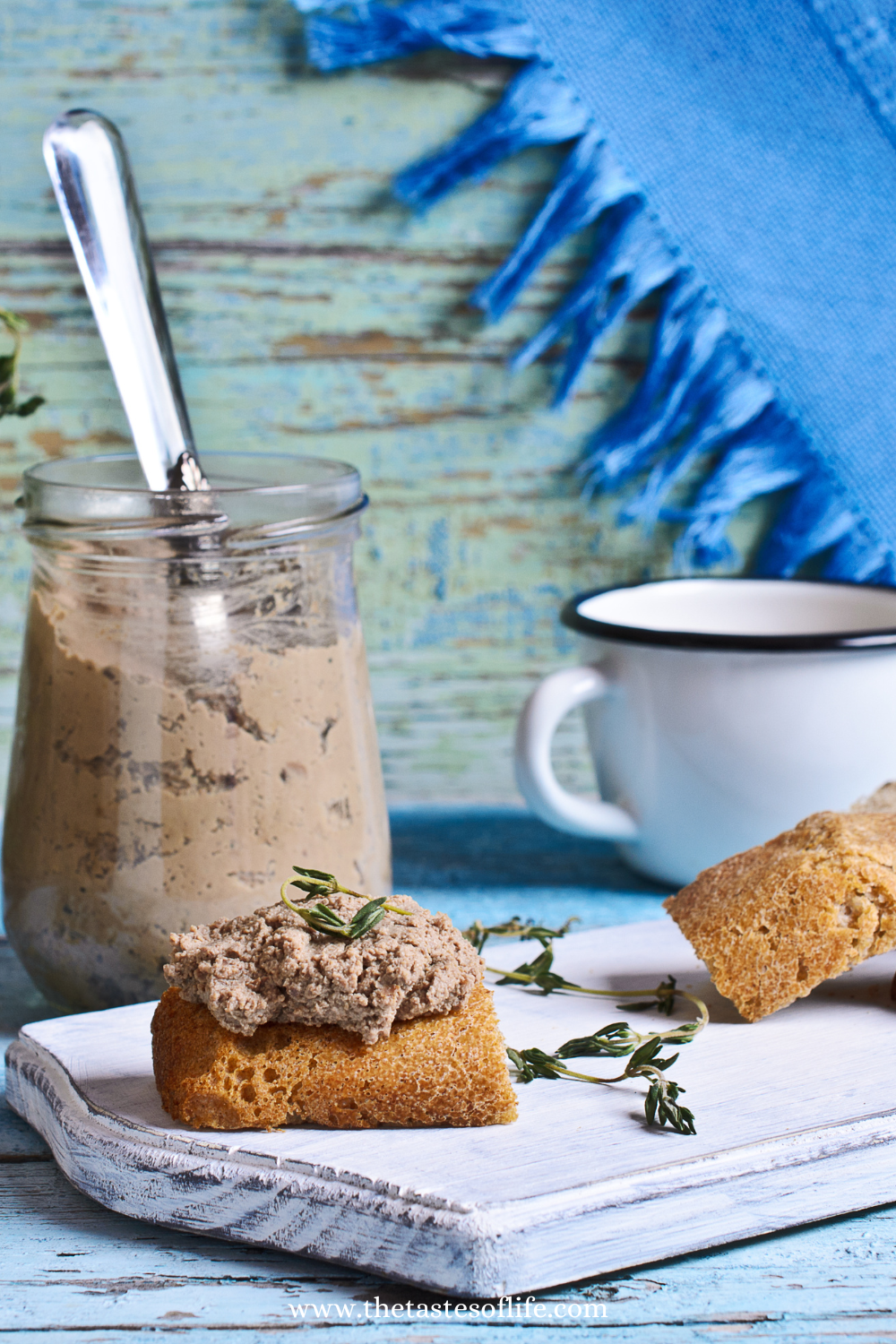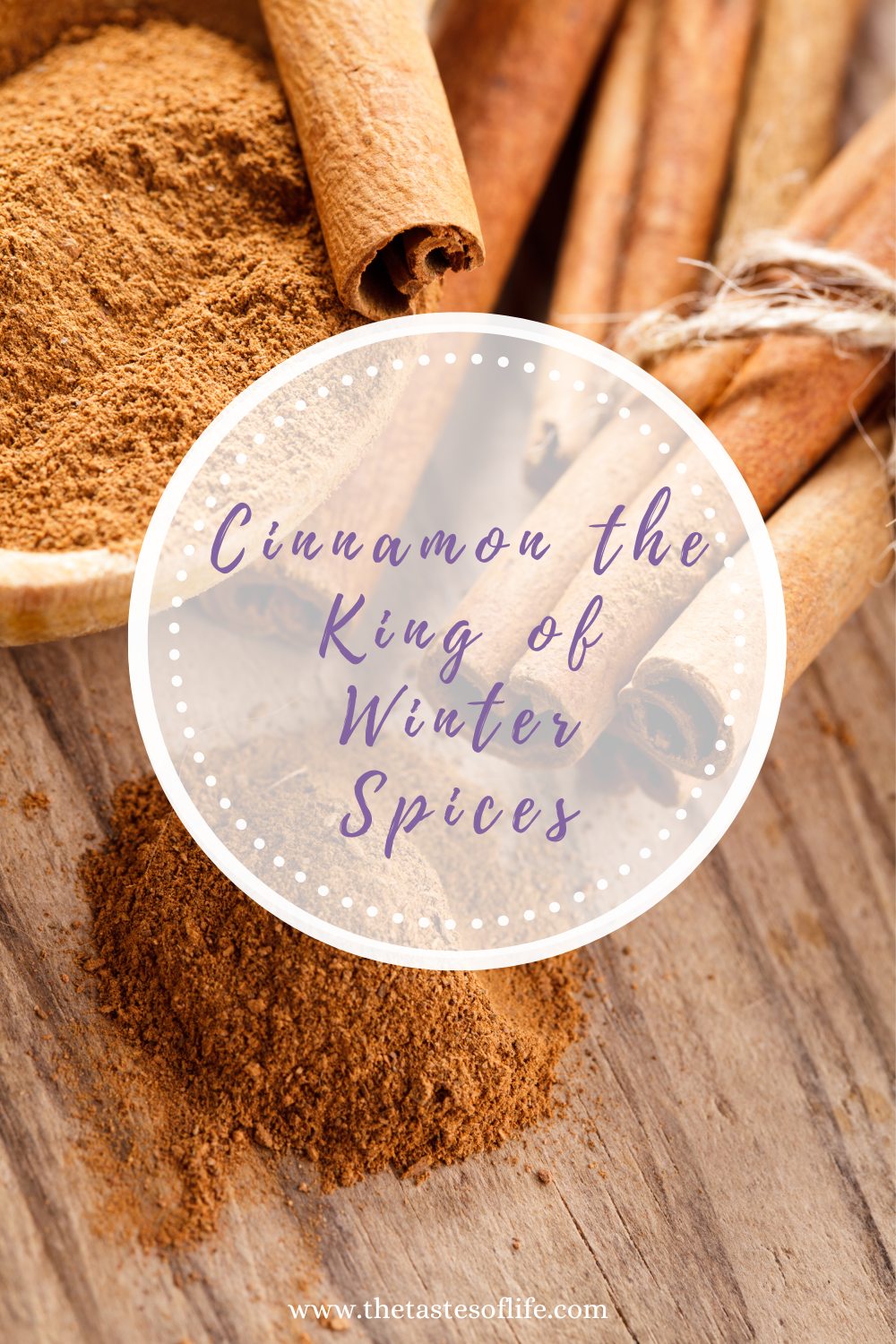The Complete Sprouting Guide for Health
Discover the world of sprouting with our complete guide to sprouting. Learn what sprouts are, their health benefits, and how to safely sprout seeds, nuts, and grains.

What Is The Sprouting Process?
Sprouting, the process of germinating seeds to harvest young shoots, is easy, inexpensive, and incredibly nutritious. Let’s explore sprouts in this complete sprouting guide, why you should include them in your diet, their myriad health benefits, and the vast array of seeds you can sprout in your kitchen.
What Are Sprouts?
In the simplest terms, sprouts are seeds that have just begun to grow. When seeds are soaked in water and given the right conditions of warmth and humidity, they germinate, sending out tiny shoots. These shoots, often consumed just as they emerge or allowed to grow a bit longer for added flavor and texture, are sprouts. Once the sprouting process begins, what was once a hard, dry ball transforms into various proteins, minerals, and vitamins easily absorbed by the body. Besides improving digestibility and absorption, they are lovely and healthy garnishes that you can use on top of main entrees and salads, adding a wonderful crunch to soups.

Why Sprout?
In this complete sprouting guide, you will learn everything you need to know about sprouting. All cooking flour was traditionally comprised of fermented or sprouted grains to enable easy digestion and enhance nutrition. Due to commercial production, most grains are no longer treated this way, which is a huge reason why we have such trouble digesting grains today.
The reasons to incorporate sprouts into your diet are as plentiful as the seeds themselves. Here are just a few:
- Nutritional Powerhouses: During the sprouting process, seeds undergo a transformation that significantly increases their nutrient content. Vitamins, minerals, and enzymes become more bioavailable, making sprouts a dense source of nutrition. Apart from producing vitamin C, the germination process also converts the composition of seeds and grains. According to Sally Fallon, in the publication Nourishing Traditions, sprouting increases the content of vitamin B, particularly vitamins B2, B5, and B6. She continues to explain how the Chinese were fond of traveling with mung beans, which they would later sprout and eat since they believed the beans had enough vitamin C to fight off scurvy. Through the sprouting process, researchers have found that mung beans increase in vitamin B1 by up to 285%, vitamin B2 by up to 515%, as well as niacin by up to 256%
- Removes Phytic Acid: Due to phytic acid binding with minerals such as zinc, copper, iron, magnesium, and calcium, it becomes nearly tricky to absorb these nutrients. It can also cause harm to the digestive tract. One of the best ways to neutralize phytic acid is by sprouting seeds, legumes, and grains. In the process, you also neutralize the enzyme inhibitors that, apart from inhibiting enzymes in the real seed, can also inhibit the crucial enzymes within the body that lead to poor assimilation.
- Digestive Ease: Sprouting breaks down complex starches and proteins into simpler forms, making them easier to digest. This can benefit individuals with digestive issues or those looking to improve gut health.
- Antioxidant-Rich: Sprouts are packed with antioxidants. These compounds help neutralize harmful free radicals in the body, reducing the risk of chronic diseases and supporting overall health.
- Economical: Growing your own sprouts at home is incredibly cost-effective. A tiny seed investment can yield a bountiful harvest of fresh, nutritious sprouts, saving you money in the long run.
- Sustainability: Sprouting is a sustainable practice that requires minimal resources. With just water, seeds, and a bit of care, you can produce nutrient-rich food in the comfort of your own kitchen, reducing your environmental footprint.
Health Benefits of Sprouts
The health benefits of sprouts extend far beyond their nutritional value. Incorporating these tiny powerhouses into your diet can:
- Boost Immunity: With their high concentration of vitamins and minerals, sprouts help strengthen the immune system, protecting the body against infections and diseases.
- Support Detoxification: Sprouts’ enzymes aid in detoxification, helping the body eliminate toxins and waste more efficiently.
- Promote Weight Loss: Sprouts are low in calories but rich in fiber, making them an excellent addition to weight loss diets. The fiber helps keep you full, reduces cravings, and aids in weight management.
- Improve Skin Health: Sprouts contain antioxidants that help combat oxidative stress, which can contribute to premature aging and skin damage. Including sprouts in your diet can promote radiant, youthful skin.
- Enhance Heart Health: Sprouts are a good source of heart-healthy nutrients like potassium and magnesium, which help regulate blood pressure and improve cardiovascular function.

What Can You Sprout?
The beauty of sprouting lies in its versatility. While some seeds are more commonly sprouted than others, virtually any edible seed can be sprouted with the right technique. Here are some popular seeds for sprouting:
- Alfalfa: Mild in flavor with a delicate crunch, alfalfa sprouts are a popular choice for salads, sandwiches, and wraps.
- Mung Beans: These small, round beans sprout quickly and are commonly used in Asian cuisine, adding a crisp texture to dishes.
- Broccoli: Broccoli sprouts are rich in sulforaphane, a compound known for its anti-cancer properties, making them a nutritious addition to salads and smoothies.
- Radish: With a spicy kick reminiscent of their mature counterparts, radish sprouts add a burst of flavor to salads, tacos, and sandwiches.
- Lentils: Nutty and slightly sweet, lentil sprouts are versatile and can be used in soups, stews, or as a topping for grain bowls.
In truth, any legume, seed or nut can be sprouted. Certain ones taste more desirable than others, yet sprouting influences their nutritional value. Mung beans are an incredible sprout since they are easy to maintain.
Once you are confident with sprouting mung beans, you can experiment and try others from the following list:
Beans
Due to their large size, beans have less of a chance of molding and make great beginner sprouts. You can start with mung beans, lentils, garbanzo beans, and adzuki.
Seeds
• Mustard seeds
• Fenugreek seeds
• Clover seeds
• Broccoli seeds
• Alfalfa seeds
• Sunflower seeds
• Sesame seeds
• Pumpkin seeds
• Radish seeds
• Onion seeds
Nuts
Start with raw unsalted whole nuts and do not forget that nuts usually sprout on the inside, so you will not necessarily see a little tail come out of the seed but it will be sprouted nonetheless.
Once the nuts have been soaked for at least six hours but not more than eight you can eat them as is or toast/roast them to bring back their crunch.
Nuts you can sprout:
• Pecans
• Brazil nuts
• Pistachios
• Hazelnuts
• Almonds
• Pine nuts
• Macadamia nuts
• Cashews
• Walnuts
Grains
Many grains are surprisingly seeds that are grouped and used as grains. They are not necessarily grains, though , and can be sprouted just like seeds.
Grains to sprout:
• Wild rice
• Quinoa
• Millet
• Buckwheat
• Amaranth

Equipment for Sprouting
The fantastic thing is that you require no fancy equipment to begin sprouting. Here are the essential items you will need;
• Mason jar/sprouting jar
• Filtered water
• Muslin cloth or sprouting lid
• Elastic ribbon or band, but it can be replaced with a 2-part lid jar
• The sprouting seed, bean or nut of your choice
How Long Would it Take to Sprout?
Typically, sprouts will be ready for consumption within a few days. The longer they are left, the more sprouts they will grow, and their tails will grow larger.
The complete sprouting guide below will help you determine the sprout’s length of time since various seeds and nuts can take very different times to grow. Remember that the smaller the sprout, the more prone it will be to mold, so it is essential to be mindful of rinsing with fresh water and ensure the sprout is rinsed and drained correctly.
Radish, clover, and alfalfa seeds soak for 4 to 6 hours and sprout for 4 to 6 days. Mung beans, lentils, garbanzo beans, and adzuki beans take 9-12 hours to soak and 3-4 days to sprout. Sunflower seeds, pumpkin seeds, and almonds take 1-2 days to sprout and 6-12 hours to soak. Millet and quinoa would take some time to sprout but 8-10 hours to sprout.

Step-By-Step Instructions On How to Sprout
Sprouting seeds at home is a straightforward process that requires minimal equipment. Here’s a basic guide to get you started:
- Soak: Place your seeds in a clean, wide-mouthed jar and cover them with water. Allow them to soak for the recommended time (depending on the seed type).
- Rinse: After soaking, drain the water from the jar and rinse the seeds thoroughly. Drain out all excess water to prevent mold growth.
- Germinate: Place the jar in a warm, dark location, away from direct sunlight. Rinse and drain the seeds 2-3 times a day, ensuring they remain moist but not waterlogged.
- Harvest: Once the sprouts have reached the desired length (typically 2-7 days), give them a final rinse and drain before harvesting. Store them in the refrigerator and use within a few days for optimal freshness.
Sprouting seeds is a simple yet rewarding practice that allows you to harness the nutritional power of nature in your own kitchen. With this step-by-step guide, you can sprout your own food. Whether you’re looking to boost your health, expand your culinary horizons, or reduce your environmental impact, sprouts offer many benefits that are too good to ignore. So why not add a sprinkle of freshness to your meals and embark on a journey to vibrant health with the humble sprout?
Please feel free to comment or ask any questions below. Share the blog on Instagram with the hashtag #thetastesoflifeholisticblog .
The Best Herb Guide to Boring Dishes
Creating Creamy Nut Milk – Soaking Nuts
Yum





